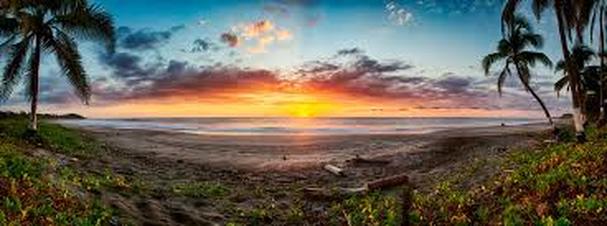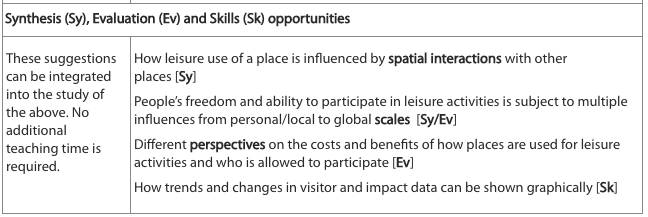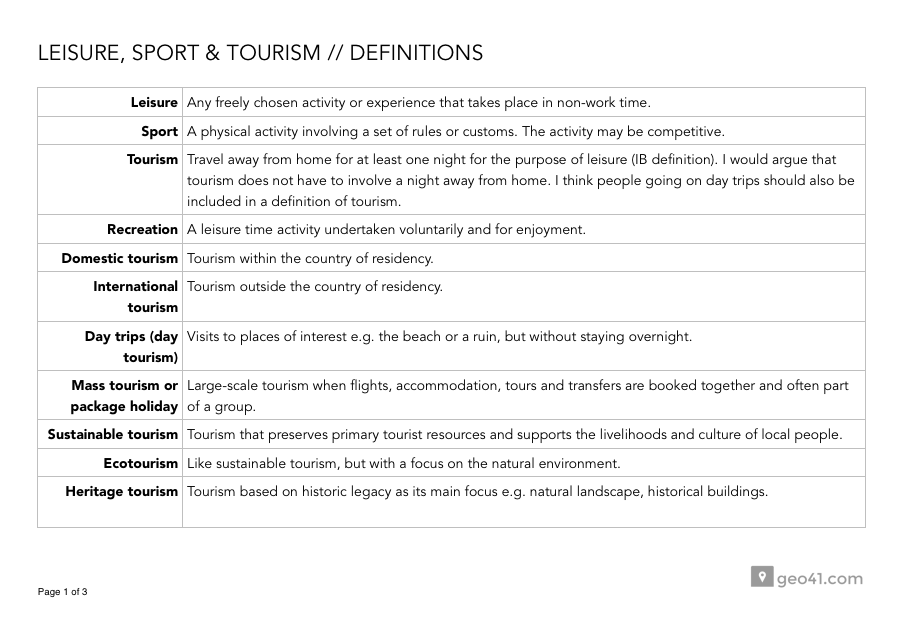Leisure, tourism and sport
Sub Units
1. Changing leisure patterns
2. Tourism & sport at the local & national scale
3. Tourism & sport at the international scale
4. Managing tourism & sport for the future
2. Tourism & sport at the local & national scale
3. Tourism & sport at the international scale
4. Managing tourism & sport for the future
Option E: Leisure, tourism and sport
This optional theme focuses on ways in which people in a growing number of global contexts make use of their leisure time. As more people join the “global middle class”, they have disposable incomes allowing participation in tourism, including international travel and different types of sport. Sport can also be an important use of leisure time for people on low incomes who cannot afford to participate in tourism.
While tourism often has an urban focus, rural areas provide another important geographical setting for touristic activities, including walking, enjoying wilderness, doing extreme sports or visiting heritage sites. The uses made of places vary greatly, depending on physical geography, history and level of economic development.
Through study of this optional theme, students will develop their understanding of processes, places, power and geographical possibilities. They will additionally gain understanding of more specialized concepts including consumption (of landscapes), carrying capacity and threshold (in relation to environmental stress) and sustainability (in relation to long-term management of touristic resources).
Introducing leisure, tourism, sport
Leisure intro from Andy Dorn


